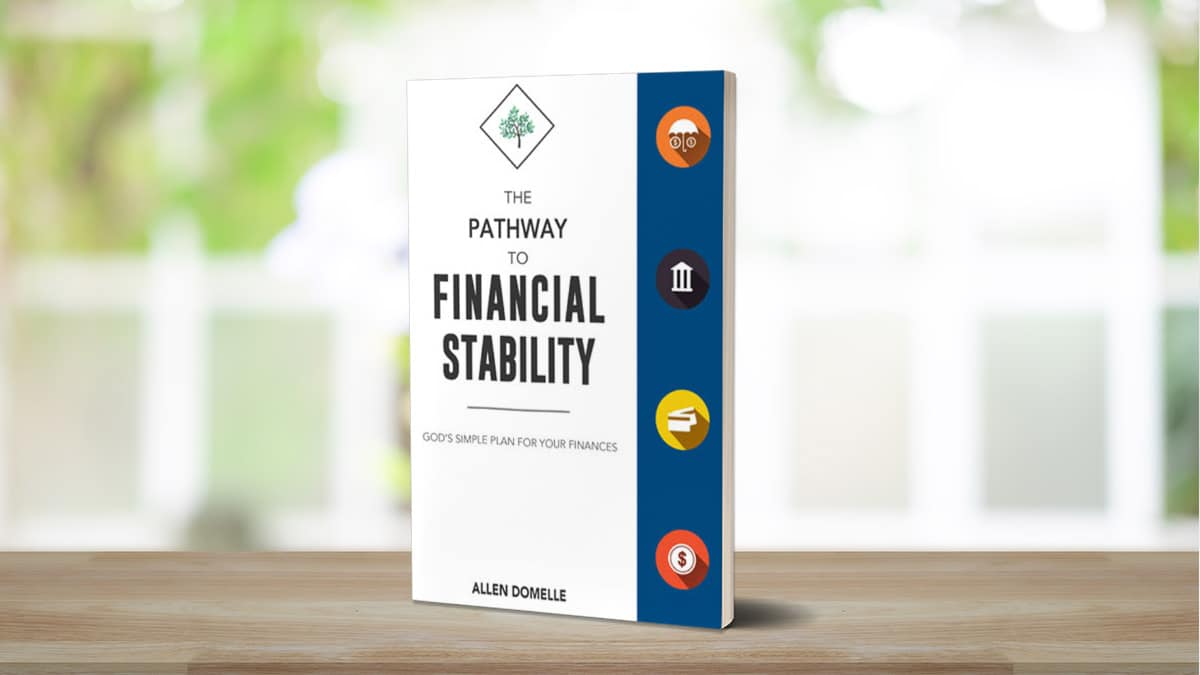
Building additional rental units on your plot is an excellent way to boost your income and secure your financial future. However, the challenge often lies in raising the necessary funds for construction. Here are several strategies to help you achieve this goal:
1. Savings and Reinvesting Income
Increase Savings:
The first and most straightforward step is to set aside a significant portion of your salary and rental income. By consistently saving, you can accumulate the funds needed for construction over time. Aim to save at least 20% of your net income, and consider creating a dedicated construction fund to keep track of your progress.
Reinvest Rental Income:
Use the income generated from your existing rental units to fund the new construction. This reinvestment approach can accelerate your savings and reduce the need for external financing.
2. Financing Options
Bank Loans:
Banks offer various loan options, including mortgages and personal loans. With your existing rental income as proof of additional revenue, you might be in a strong position to secure a loan. Ensure you have a solid business plan that demonstrates your ability to repay the loan through the increased rental income from the new units.
Sacco Loans:
If you are a member of a Savings and Credit Cooperative Organization (Sacco), consider applying for a loan. Saccos often provide loans at lower interest rates compared to traditional banks, making them an attractive financing option.
Microfinance Institutions:
Microfinance institutions can be a viable alternative if you do not qualify for larger bank loans. They typically offer smaller loans with more flexible terms.
3. Alternative Funding Sources
Investment Groups:
Forming or joining an investment group can help you pool resources with other members to fund the construction. These groups often operate on trust and mutual benefit, making them a supportive way to raise funds.
Government Programs:
Investigate government programs that offer support for real estate development or small business growth. These programs can provide grants, low-interest loans, or other financial incentives to help you achieve your construction goals.
4. Cost-Saving Measures
Phase Construction:
Consider building the additional units one at a time. Phasing the construction can spread out the financial burden, making it more manageable over time.
Reduce Construction Costs:
Opt for cost-effective building materials and methods without compromising on quality. This can significantly lower your overall construction expenses.
5. Increase Cash Flow
Side Hustles:
Explore additional income streams, such as freelancing, part-time work, or starting a small business. Increased cash flow can accelerate your savings and provide extra funds for construction.
Maximize Current Rentals:
Ensure your current rentals are fully occupied and consider slight rent increases if the market allows. This maximization of income can provide additional funds for your construction project.
6. Leverage Equity
Use Existing Property:
If your current rentals have appreciated in value, you might be able to use them as collateral for a loan. This leverage can provide you with the necessary funds while allowing you to retain ownership of your property.
Example Plan:
1. Monthly Savings Plan:
– Allocate a portion of your salary (e.g., 20%) and rental income towards your construction fund. Consistency is key to building your fund over time.
2. Loan Application:
– Apply for a Sacco or bank loan with a clear business plan. Your plan should demonstrate your current income and the projected income from the new rentals, convincing lenders of your repayment ability.
3. Cost Estimation:
– Get a detailed cost estimate for the construction. This will help you plan your project in phases if necessary, ensuring you stay within budget.
4. Cash Flow Maximization:
– Consider a side hustle to boost your income. The extra money can be funneled into your construction fund, speeding up the process.
By combining these strategies, you can raise the necessary funds to build the additional rental units on your plot. This multi-faceted approach not only diversifies your funding sources but also spreads the financial risk, making your goal more attainable. With careful planning and disciplined execution, you can expand your rental property portfolio and enhance your financial stability.










